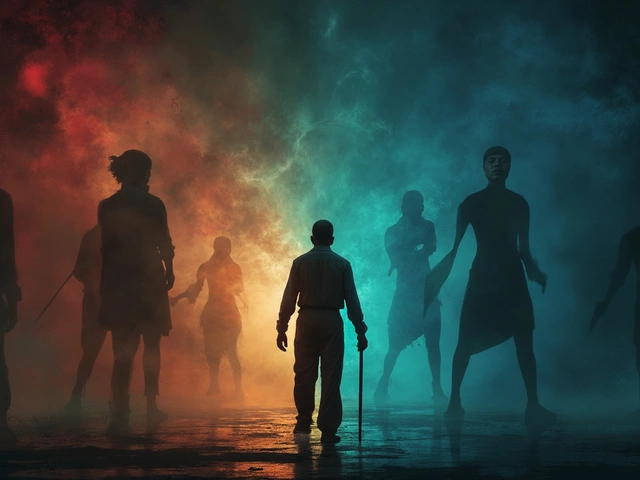Managing Chemotherapy Pain: Real‑World Tips You Can Use Today
Feeling aches, burning or sharp spikes during chemo? You’re not alone. Many patients report pain that lowers quality of life and makes it harder to finish treatment. The good news is that pain doesn’t have to be a permanent side‑effect. With a few practical steps you can cut down the hurt, stay active, and give your body a better chance to heal.
Why Chemotherapy Causes Pain
Chemo attacks fast‑growing cells, but it also hits healthy tissues like nerves, skin and the lining of the stomach. When nerves get irritated, you may feel a shooting, tingling or numb sensation often called neuropathy. Some drugs cause inflammation around joints, leading to stiffness and joint pain. Others trigger mucositis – sore gums and throat that make swallowing painful. All these reactions are dose‑related, but they also depend on your age, overall health and the specific drug mix your doctor prescribes.
Effective Ways to Relieve Pain During Treatment
Talk to your oncologist early. Let your doctor know the exact type, location and timing of the pain. They can adjust the dose, switch to a less painful regimen, or add a prescribed pain reliever that won’t interfere with chemo.
Use approved medications wisely. Over‑the‑counter options like acetaminophen are safe for most patients, while NSAIDs (ibuprofen, naproxen) may be risky if you have low platelet counts. Prescription options such as gabapentin or duloxetine target nerve pain specifically. Always follow the dosing schedule – taking medicine before the pain starts works better than waiting until it spikes.
Stay hydrated and eat balanced meals. Dehydration worsens muscle cramps and headaches. Aim for 2–3 liters of water daily unless your doctor tells you otherwise. Small, frequent meals with protein, healthy fats and fiber keep blood sugar steady, which reduces fatigue‑related aches.
Try gentle movement. Light stretching, short walks or yoga can keep joints loose and improve circulation, lowering pain signals. Even a 10‑minute session twice a day makes a difference. If you feel dizzy, sit down first and move slowly.
Apply heat or cold. A warm compress on sore muscles or a cold pack on inflamed joints can calm nerve irritation. Use each for 15‑20 minutes, never directly on skin – wrap in a cloth.
Practice mind‑body techniques. Deep breathing, guided imagery, or simple meditation distract the brain from pain signals. Many patients find that counting breaths or visualizing a calm place reduces the perceived intensity of pain.
Consider complementary therapies. Acupuncture, massage (with a therapist experienced in oncology care), and aromatherapy have helped some people control chemo‑related pain. Check with your treatment team first to avoid interactions.
Remember, pain management is a team effort. Keep a pain diary – note the time, intensity (0‑10 scale), triggers and what helped. Bring this record to each appointment so your doctor can fine‑tune the plan.
By staying proactive, staying informed, and using a mix of medicines, lifestyle tweaks, and supportive therapies, you can turn down the volume of chemotherapy pain and focus on healing. You deserve relief – don’t settle for unnecessary suffering.

Most Painful Cancer Treatments: What Hurts the Most and Why
Explore what makes certain cancer treatments so unbearably painful, learn which therapies hurt the most, and how patients manage through the toughest side effects.

Top 3 Deadliest Cancers: What You Need to Know
Feb, 21 2025



